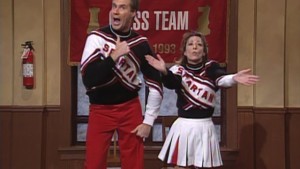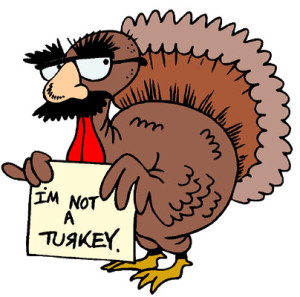Happy Wednesday, dear readers!
We are all back in full swing and your humble blogger brings you the sweet news of a claim denied.
The case is that of Garcia v. Lai and UEBTF. In this one, applicant was a handy-man and maintenance worker, hired regularly by the alleged employer to perform work on the rental apartments that Mr. Lai kept as his business.
To sum up the facts, applicant sustained an injury to the eye in 2012 while fixing a water leak at Mr. Lai’s home and personal residence.
As it happens, applicant did regular work for Mr. Lai at Mr. Lai’s rental properties, and the work was pretty much the same, and applicant did not have a contractor’s license.
So, of course, the applicant claimed benefits, and began the usual scramble of the usual suspects:
Applicant sought benefits as (1) an employee of the homeowner (insured by State Farm); and (2) an employee of an illegally uninsured employer, dragging in the Uninsured Employer Benefit Trust Fund.
The defendant, however, was not going to take this Lai-ing down! (See what I did there…?)
Both entities raised their respective defenses: State Farm argued that because applicant did not meet the requirements set out by Labor Code section 3352(h) (excluding, from the “employee” category, anyone working less than 52 hours during the past 90 calendar days prior to the injury).
Along the same lines, UEBTF claimed that because applicant was excluded from employment under 3352(h), UEBTF was, likewise, off the hook, and so applicant was to be left in the cold.
But, what if applicant was performing work on defendant’s personal residence as part of his general employment of working on defendant’s residential units? The parties were the same, as were the job duties and the payment. The WCJ, however, rejected this theory, instead concluding that applicant was hired solely for the personal home of defendant, rather than for the business, and so his claim was barred by section 3352(h).
On reconsideration, applicant advanced the same theory – defendant was personally liable, as an uninsured employer, with UEBTF providing the back-up deep pockets should defendant fail to pay. The majority panel found that, because the home upon which applicant worked was not part of that group of units let out for rent, defendant hired applicant as a homeowner… one that also happened to be a landlord of other properties let out for rent. Accordingly, the panel denied reconsideration.
The dissent reasoned that the job which resulted in applicant’s injury was part of “an ongoing relationship over the course of years and multiple jobs.” The duties and locations varied, and sometimes defendant even got applicant jobs with other property owners. The dissent would have found that applicant was an employee of defendant’s business rather than performing work for a homeowner.
A lot of these jobs, especially done between people who have regular relationships, are done with handshakes. There typically isn’t a separate contract for every single job or assignment. Small business owners, like landlords, might even use one e-mail address for all correspondence, business and personal.
So what’s to be done?
Obviously, better record keeping (job assignments, e-mails, and contracts) and workers’ compensation insurance for the renting entity would have solved a lot of these problems for Mr. Lai, but the extra diligence and cost would likely have impacted the viability of his operation.
On the other hand, this case provides at least some guidance – the law will likely draw a distinction between work done at an employer’s home vs. the regular business. What happens, then, when the employer re-deploys his employees to help him move, even though the moving has nothing to do with the regular work, and the boss pays them in cash?
Just some more craziness to think about, dear readers.






